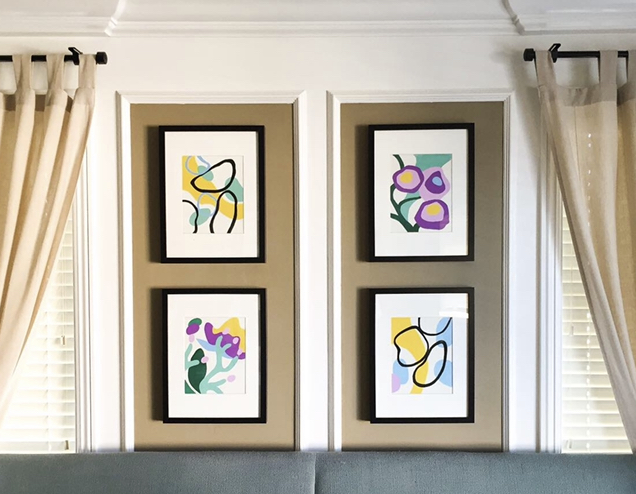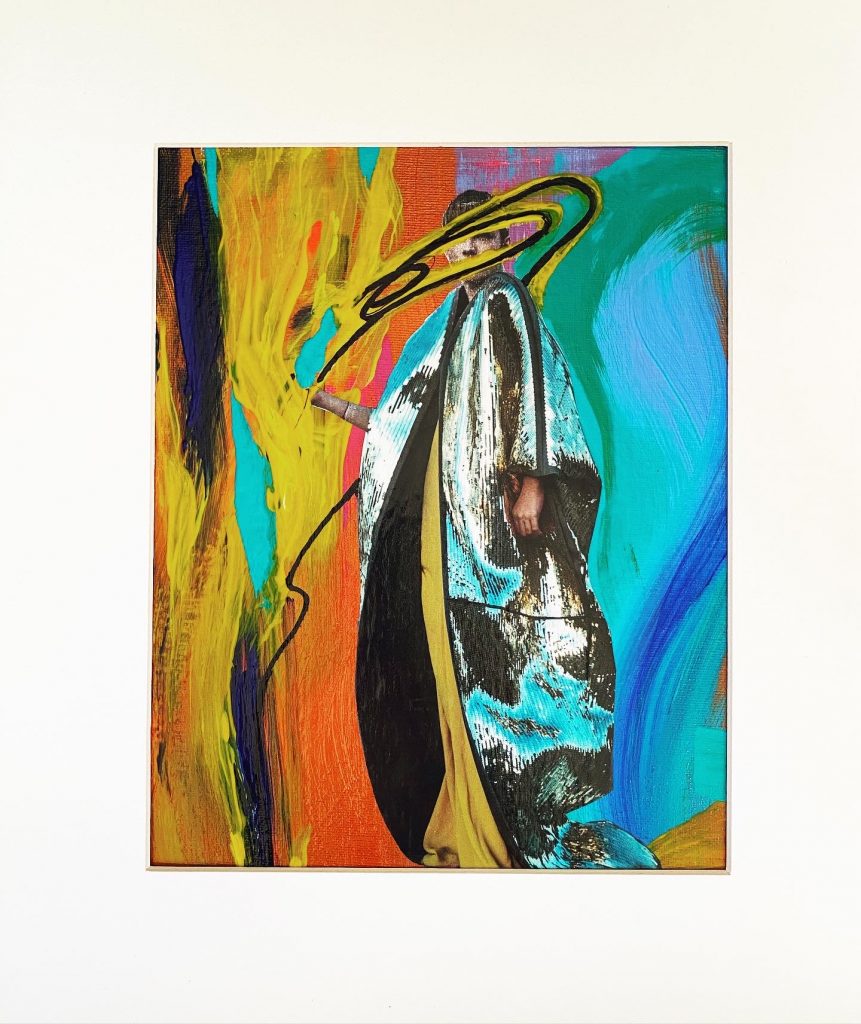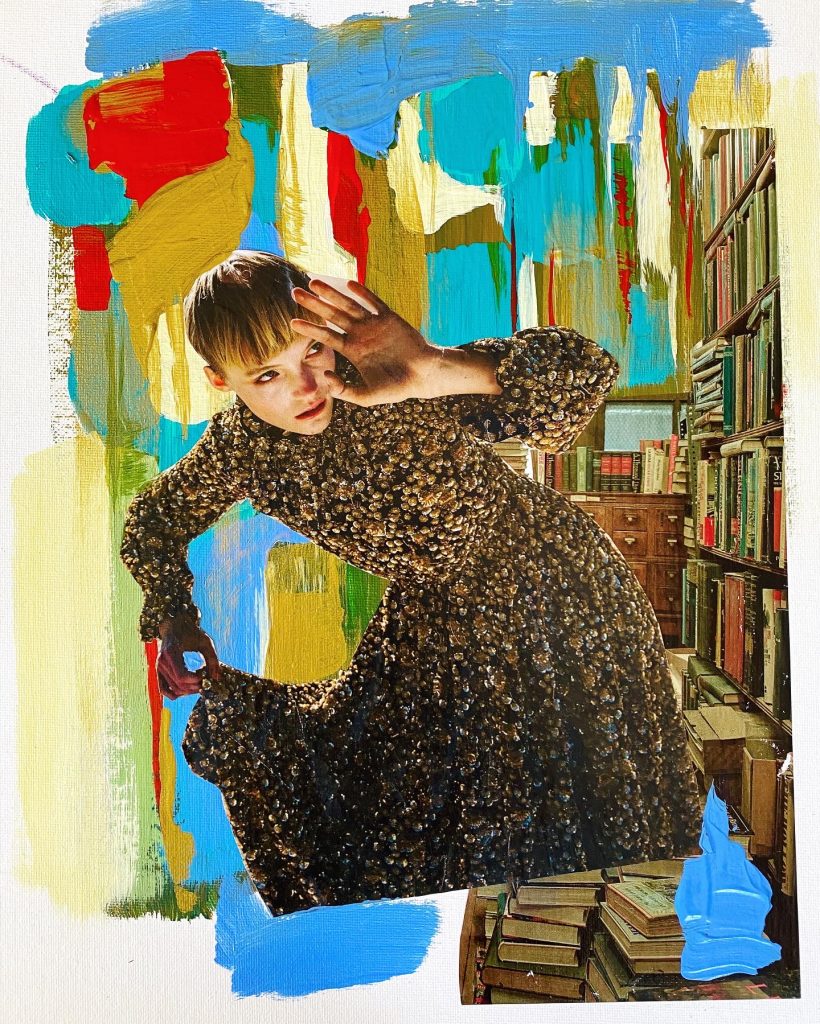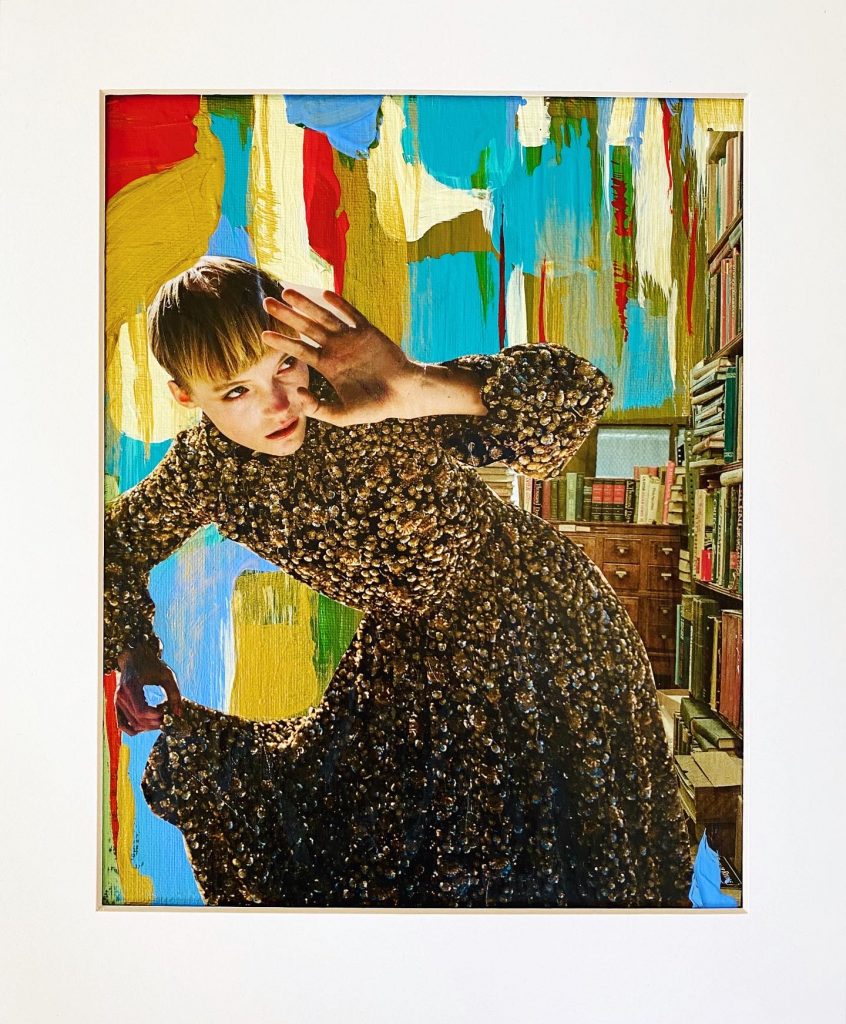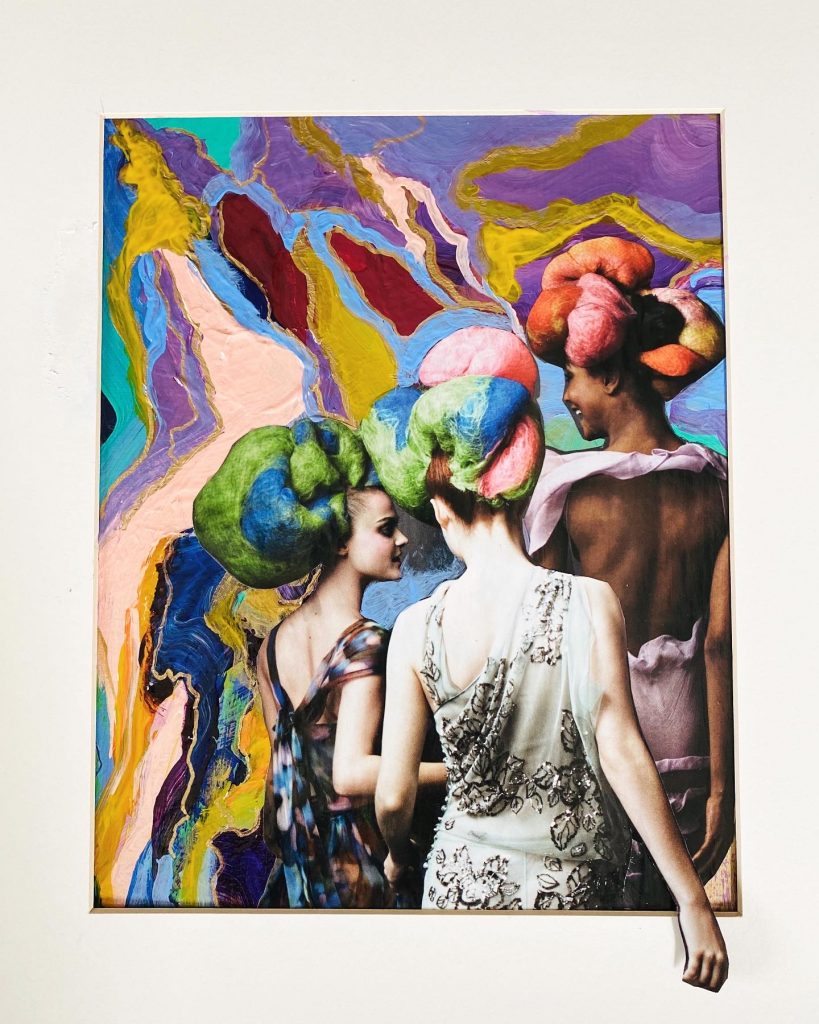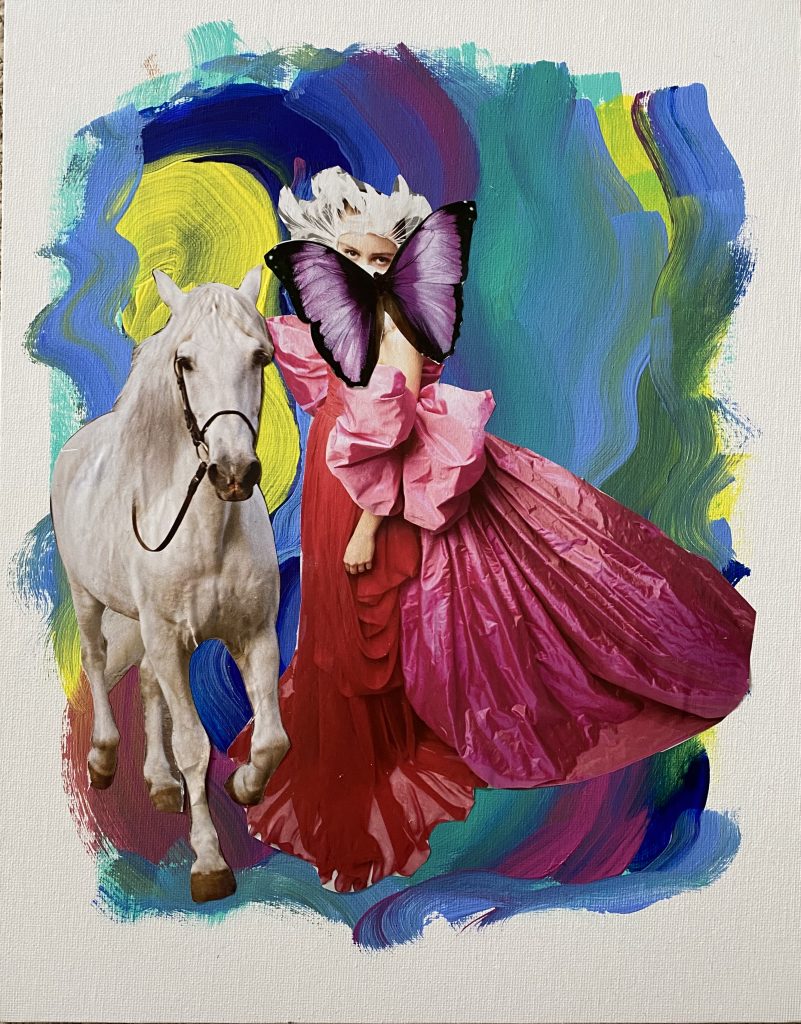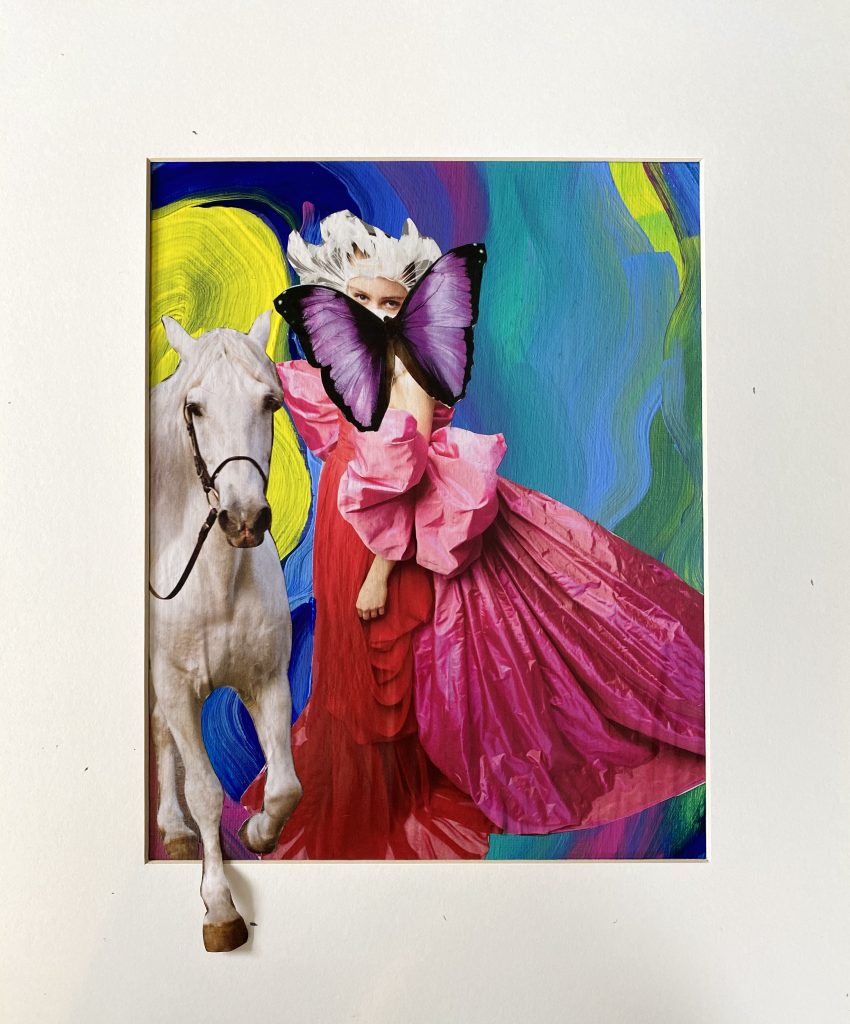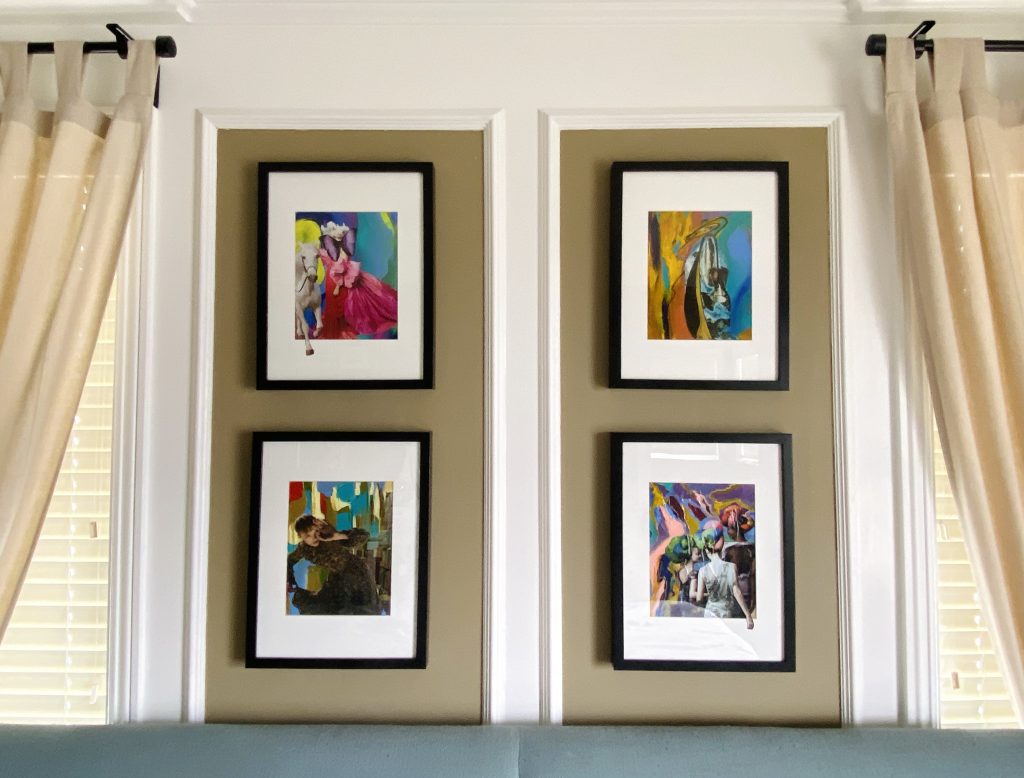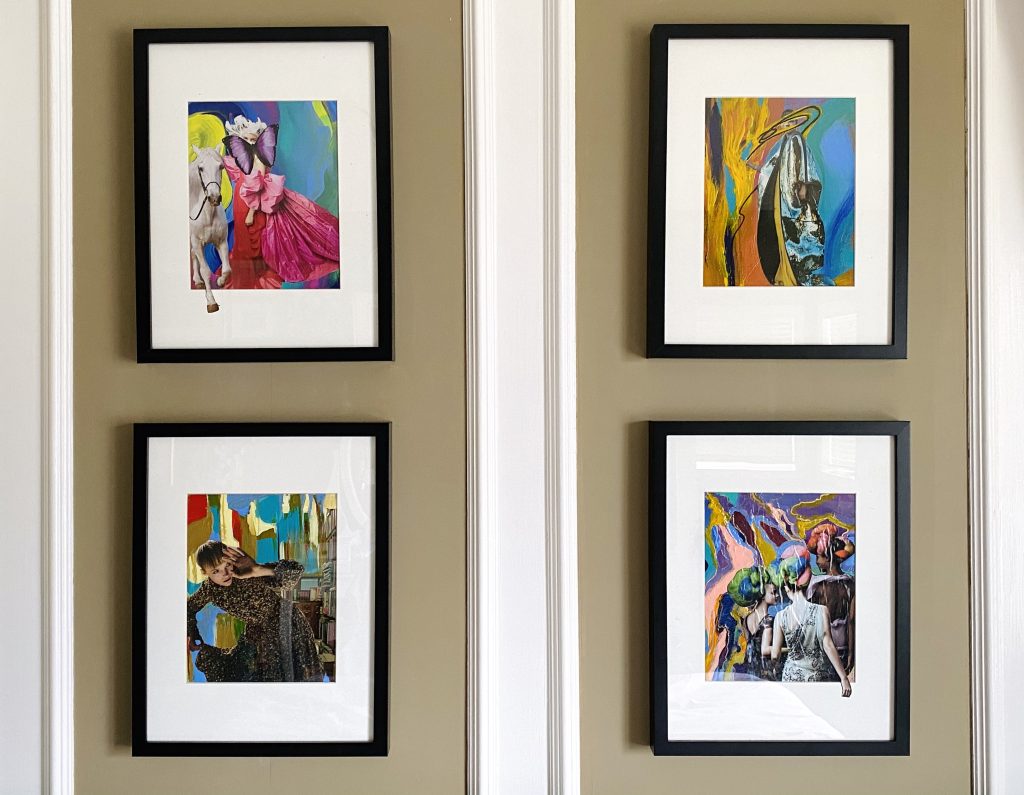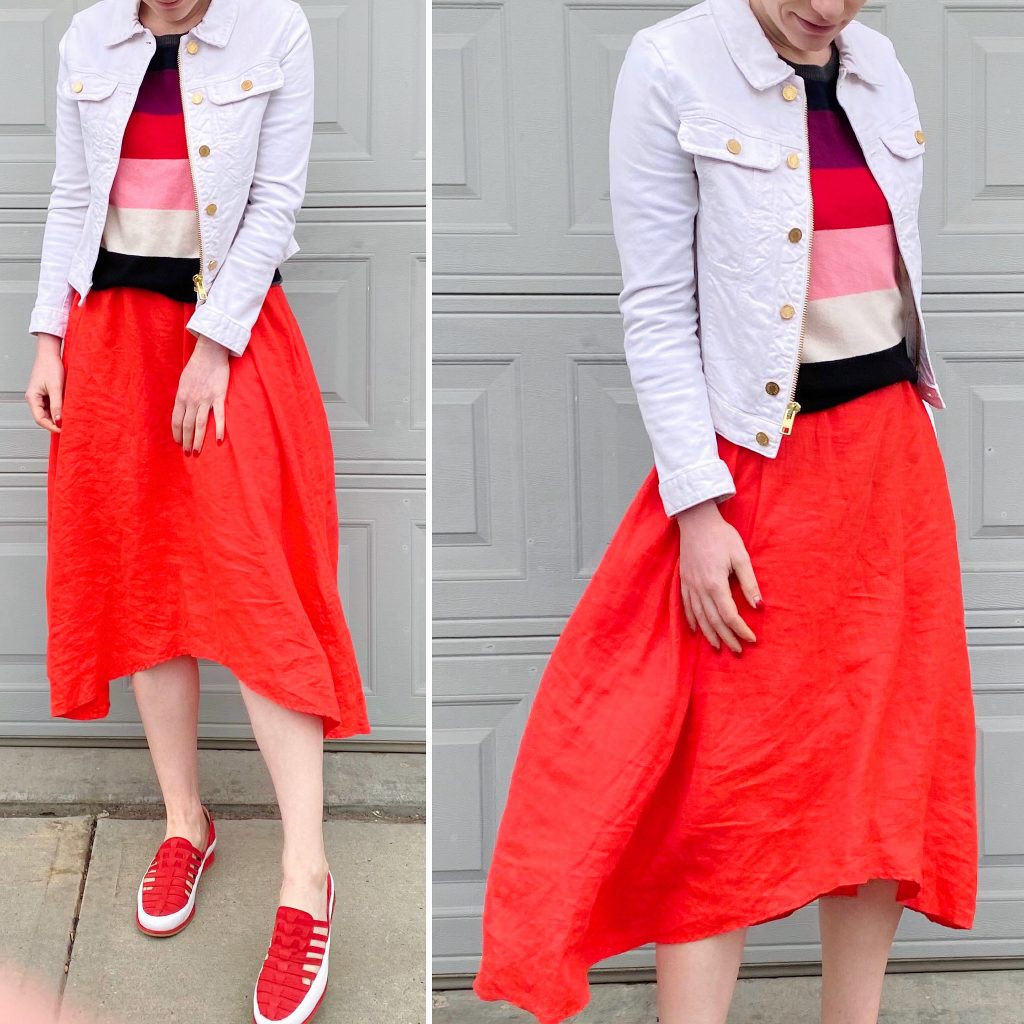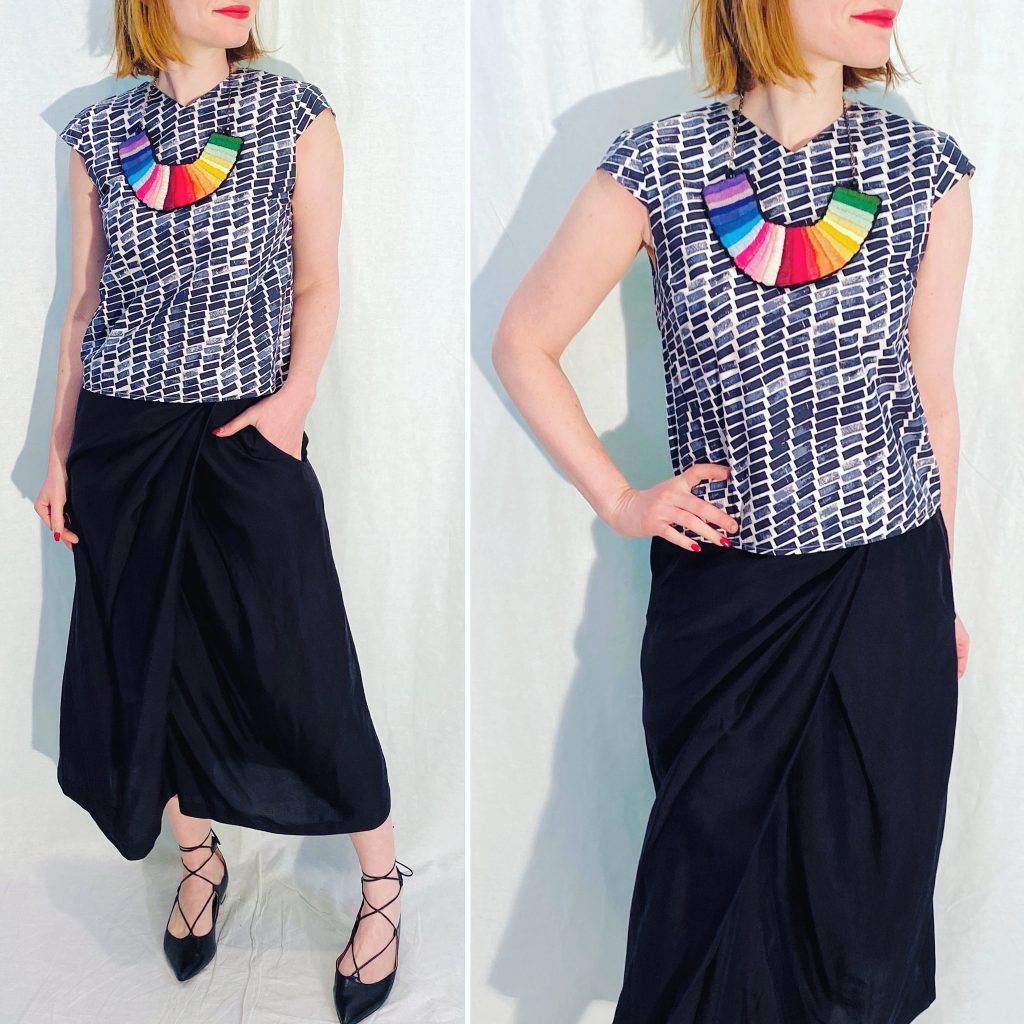Graphic Summer
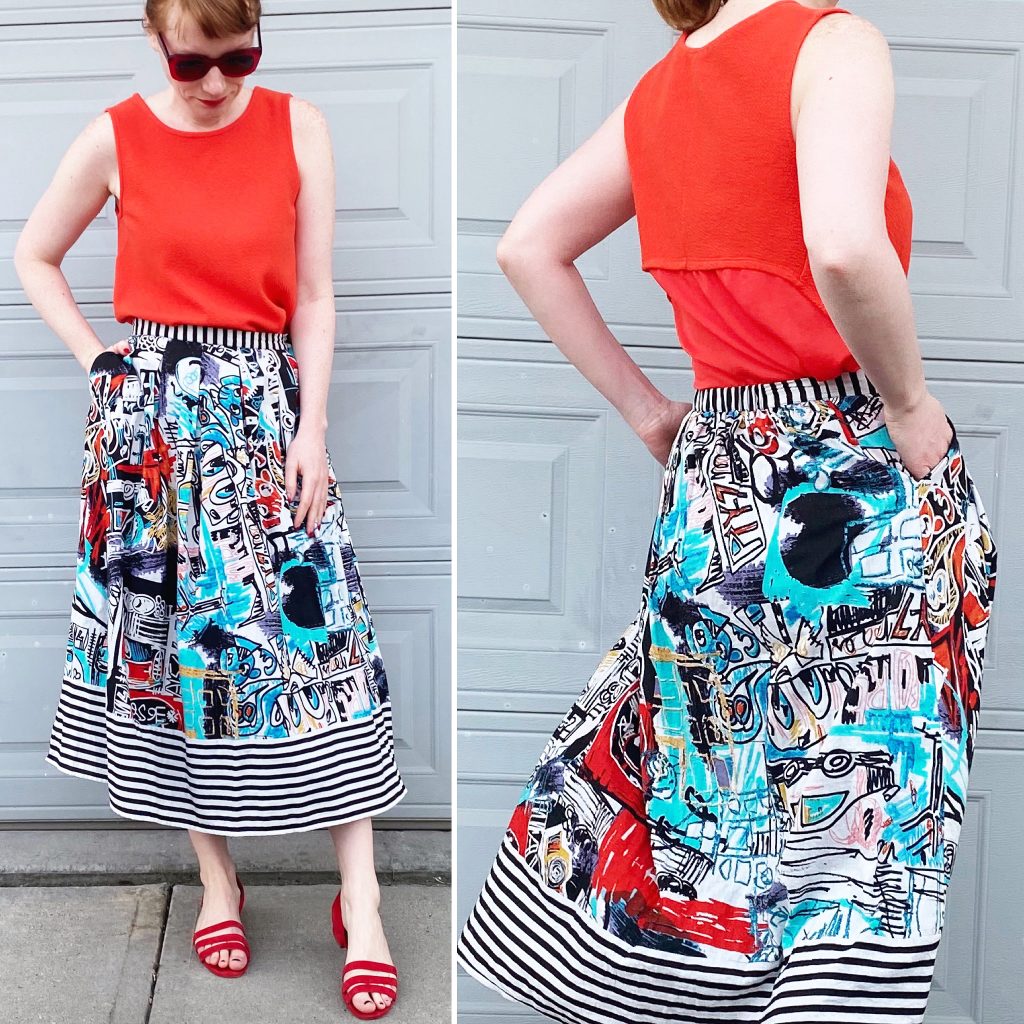
I decided to pull out one of my sadly neglected, non-elastic waisted skirts and give it a whirl this past weekend when the weather warmed up to glorious degrees. It felt nice even if it was only for a quick half hour walk around our neighbourhood. Maybe I should start calling it a “promenade” like in the old days. This skirt is certainly promenade-ready, even if it’s just a little old cotton number. I love the exuberant print, which makes the whole outfit look like I tried harder than, in fact, I did.
Once More, With Feeling
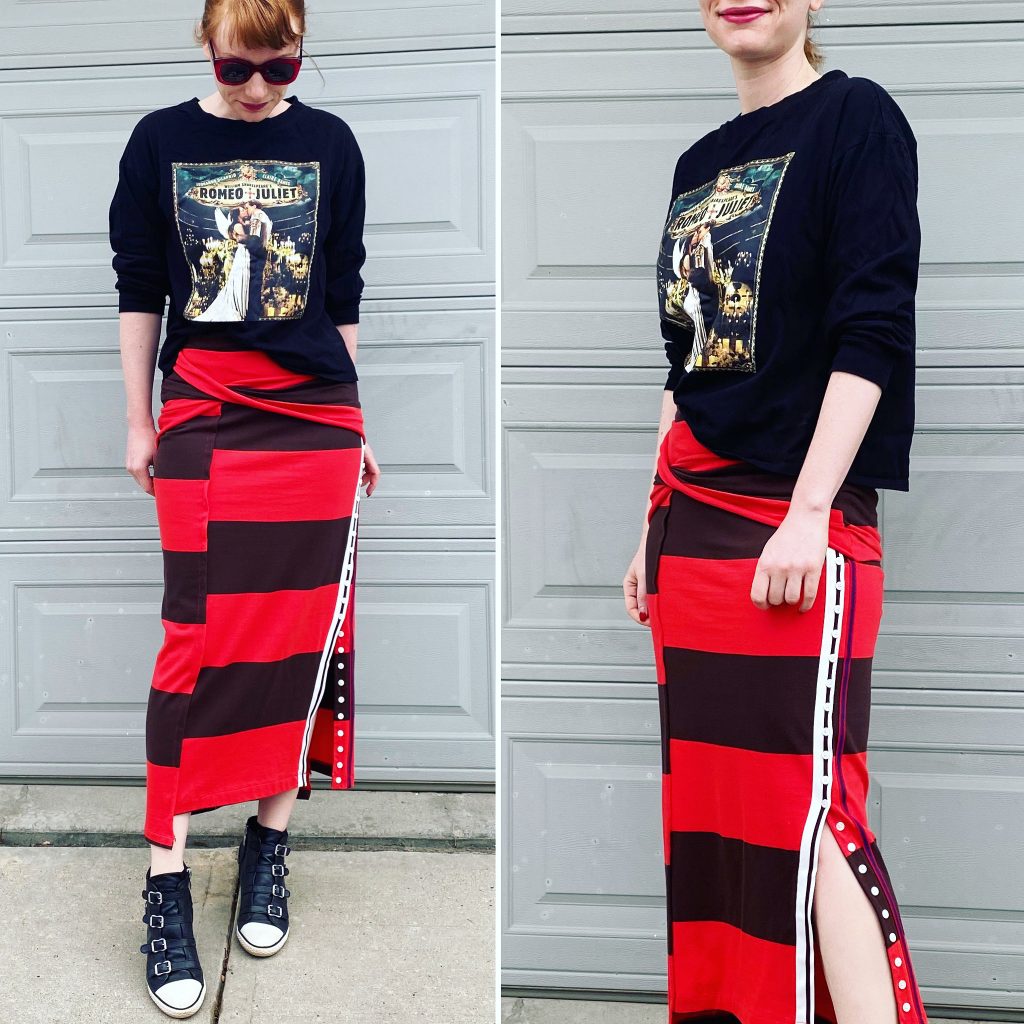
For anyone who was suddenly missing this sweatshirt, hah – here it is again. You’re welcome … or should I say, apologies? But, but, but! It’s so easy to throw over everything and anything, especially when in doubt. (This skirt is fun but difficult to style, I find, so the doubt is there.) The black is, well, black and does what black does, which is go with everything. The graphic part adds some contrast – does it clash with the stripes? does it go? who knows? – which at this point in time feels like “advanced style” to my quarantine-exhausted brain.
Jump To It

The last time I wore this jumpsuit was in Mexico and … actually, let’s not go there, it’s too depressing right now. I’m hoping to make some fun, new memories this summer with it even if that involves simply some neighbourhood bird-watching with the kids. [This weekend I learned the difference between loons and mallards … or at least I learned that there IS a difference and that people on the internet are quite passionate about it.] Linen is one of my favourite fabrics at the moment – and linen cut in loose, breezy shapes is linen at its best – so I am slowly embracing it, wrinkles and all, for my everyday life.

